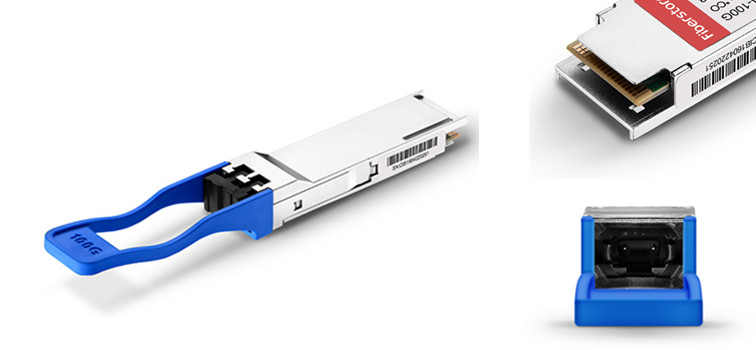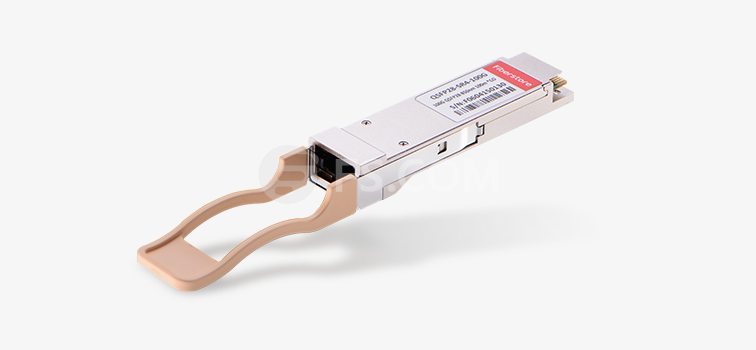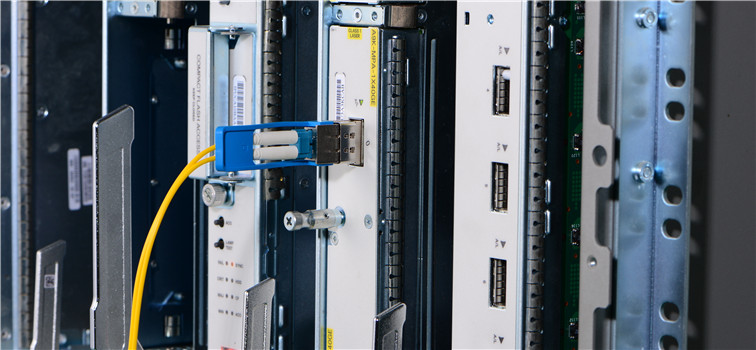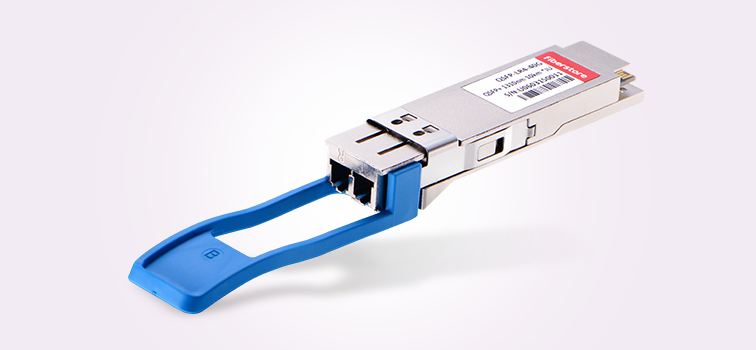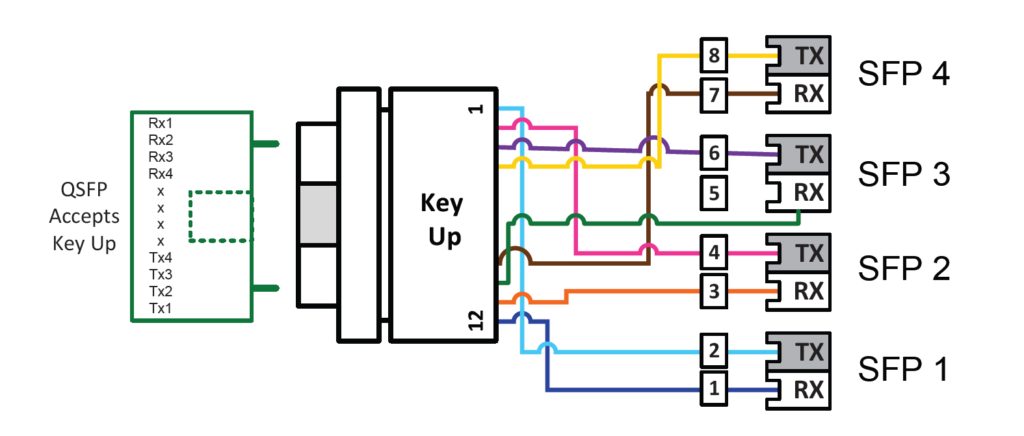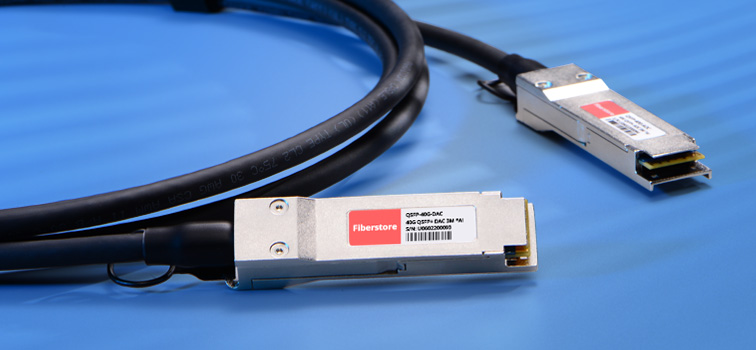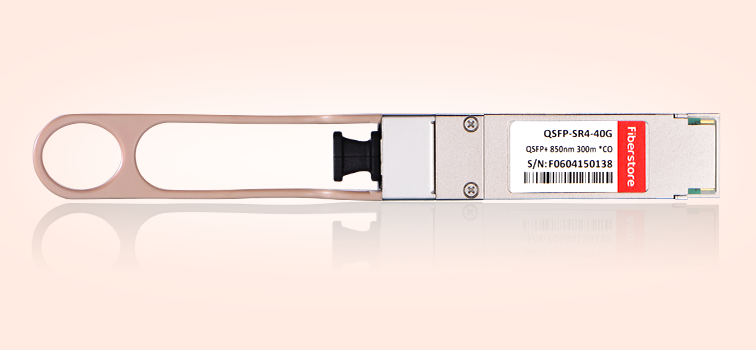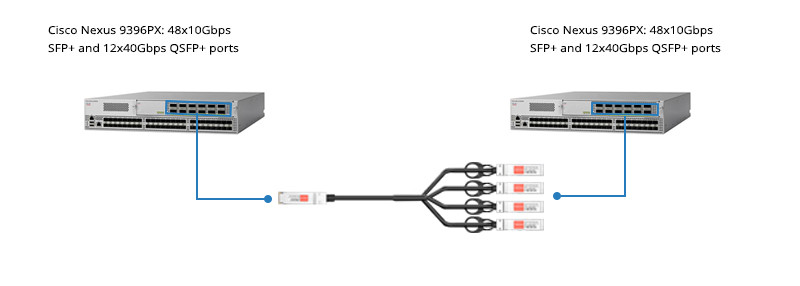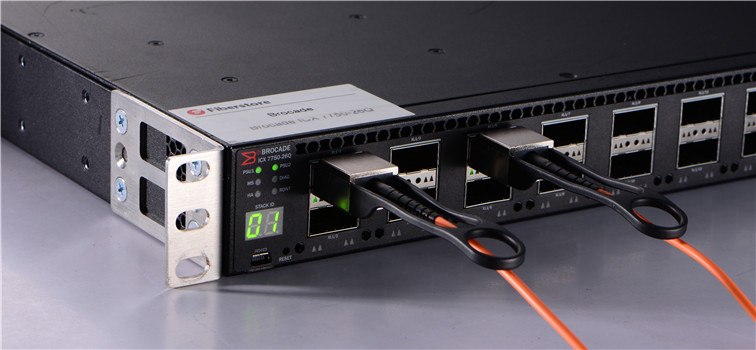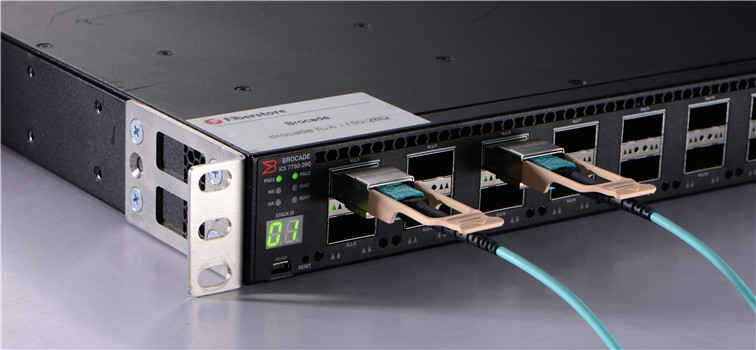The developing of 100G fiber optic transceiver has experienced a lot of challenges, thus various types of 100G fiber optic transceivers are being invented. Many 100G modules appeared on the market for a while and disappeared soon. Now it seems that 100G QSFP28 module will win the competition. It has the same cabling structure as 40G QSFP+ module and high density feature, which allows network upgrade to 100G with lower cost and less time. This post will introduce several commonly used 100G QSFP28 modules and standards.
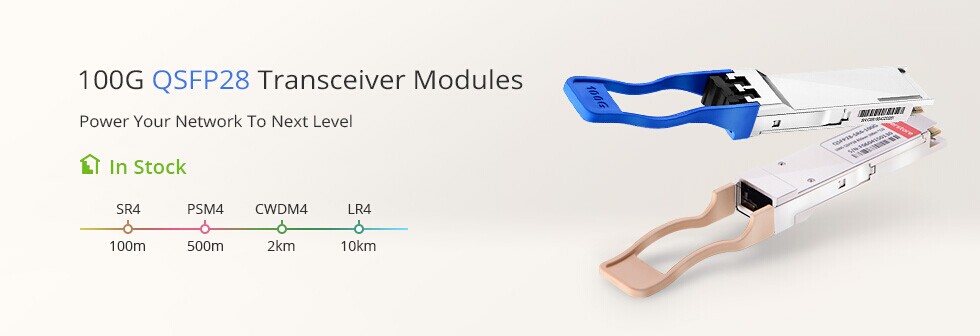
QSFP28 module uses four lanes for 100G optical signal transmitting like 40G QSFP+. However, each lane of QSFP28 can transmit 25G optical signal. To fit the various requirements in practical applications, IEEE and MSA standards that support different transmission distances and fiber types are being published.
100G QSFP28 SR4 is a standard published by IEEE. 100G QSFP28 SR4 module uses eight multimode fibers for 100G dual-way transmission over 850nm. It can support a transmission distance up to 70m over OM3 and 100m OM4 with a MTP interface. 12-fiber MTP OM3/OM4 trunk cables are suggested to be used with QSFP-100G-SR4 modules. 100Gbase-SR4 QSFP28 is the most popular QSFP28 module according to research.
100G QSFp28 LR4 is another 100G standards published by IEEE. It focuses on longer transmission distance over single-mode fiber. 100G QSFP28 LR4 has a duplex LC interface and uses WDM technologies to achieve 100G dual-way transmission over four different wavelengths around 1310nm. It can support distances up to 10km.
Although IEEE has defined two 100G standards separately for short and long distances, the requirements of various applications cannot be fully satisfied. For instances, the 100G-QSFP-LR4 module can support 10km, which is too much for a lot of single-mode applications. It would be uneconomical to buy a 10km module for just 1km or 2km application. MSA has published two 100G standards — 100Gbase-PSM4 and 100Gbase-CWDM4, which can help to decrease the cost of 100G deployment.
100G QSFP28 PSM4 module has a MTP interface working on wavelength of 1310nm for 100G transmission over single-mode fibers. It can support transmission distance up to 500 meters. 100G QSFP28 PSM4 module is much cheaper than 100Gbase-LR4 QSFP28 module. And 500 meter’s transmission distance can cover a wide range of applications.
For longer transmission distance, 100G QSFP28 CWDM4 is suggested, which supports a distance up to 2km over single-mode fiber optic cable. 100Gbase-CWDM4 standard is published by MSA, which is a more cost-effective solution for a wide range of applications compared with 100Gbase-LR4. This module uses CWDM technologies to transmit the 100G optical signal via a duplex LC interface over wavelengths near 1310nm.
100G QSFP28 family also includes a series of direct attach cables. There are mainly two types of QSFP28 DAC, which are QSFP28 to QSFP28 DAC and QSFP28 to SFP28 DAC. These QSFP28 DACs are cost-effective solution for 100G transmission less than 5 meters.
| 100G QSFP28 Module | Interface | Fiber Type | Distance | Standards |
| 100Gbase-SR4 QSFP28 | MTP | Multimode | 70m (OM3); 100m (OM4) | IEEE |
| 100Gbase-LR4 QSFP28 | LC Duplex | Single-mode | 10km | IEEE |
| 100Gbase-PSM4 QSFP28 | MTP | Single-mode | 500km | MSA |
| 100Gbase-CWDM4 QSFP28 | LC Duplex | Single-mode | 2km | MSA |
There are many ways to transmit to 100G network. 100G QSFP28 modules are the suggested methods. Both IEEE and MSA published standards for 100G QSFP28. For short distance transmission over multimode, 100Gbase-SR4 QSFP28 module is suggested. For single-mode applications, 100Gbase-PSM4 supporting 500m, 100Gbase-CWDM4 supporting 2km and 100Gbase-LR4 supporting 10km are available. The above table shows the basic information of these modules for your reference.

